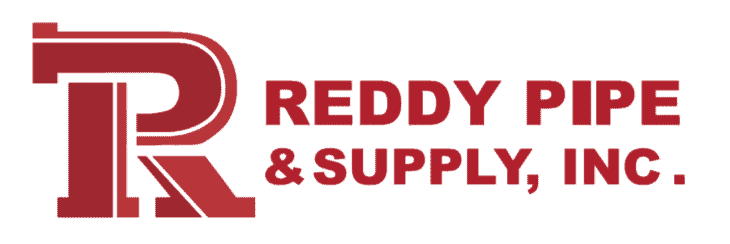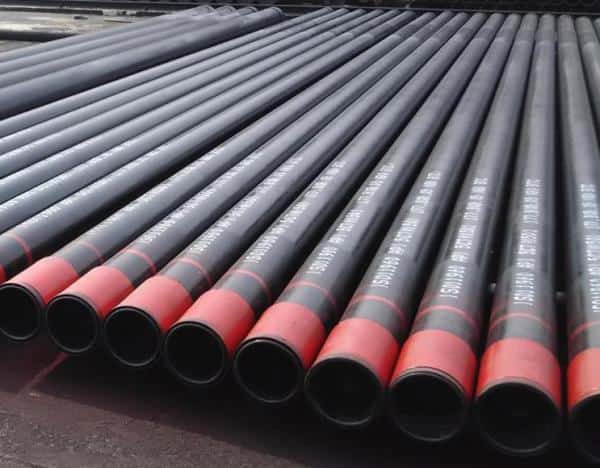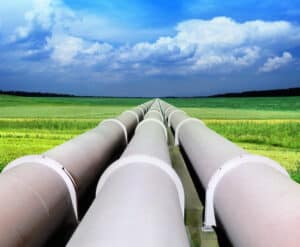Drilling a new oil or gas well is a complex process involving a series of pipes and tubes. Each plays a pivotal role in how the well will perform and thus how productive and efficient it will be. There are essentially two main types of pipes and tubing used.
Casing Pipe
Once a well has been drilled, the rock and soil walls need to be supported to prevent collapse and protect the wellbore. A series of pipes are connected and inserted into the well to protect the walls of the wellbore and are called casing. In addition, they act as a barrier to prevent contamination to the wellstream and protect surrounding ground water from contamination from oil and gas production. In many ways, the casing acts like our own spinal cord.
Casing is made from high-strength carbon steel and must meet strict American Petroleum Institute (API) standards for compression, tension, collapse, and burst resistance. Most casing comes in 40’ lengths and is screwed together to form what is called a Casing String. Casing generally comes in outside diameters of 4-1/2” – 20” which is also what differentiates it from tubing.
Once in place the casing is cemented in to permanently fix the casing in place. The casing will then house all the necessary electrical cables and tubing necessary to pump the oil or gas to the surface.
Tubing
Once the well is drilled, the oil or gas must be transferred to the surface. While some oil and gas will naturally rise to the surface, most require a pump. In this instance, steel tubing (less than a 4-1/2” outside diameter) is inserted down the casing to transport the oil or gas up to the surface.
Tubing comes in a series of different thicknesses and metal qualities based on the type and depth of the well. There are several basic types of tubing commonly used in the oil and gas industry:
- J-55 – Generally used for well depths up to 7,000 feet and is the most common tubing for medium depth wells.
- L-80 – This is a thicker walled tube that is more common for wells up to 12,000 feet.
- P-110 – Deep wells and high gas pressures require heavy walled tubing. P-110 and above is designed for these applications.
For more information on the types of pipe and tubing used in oil and gas production in Oklahoma, please contact Reddy Pipe and Supply https://reddypipe.com/.





